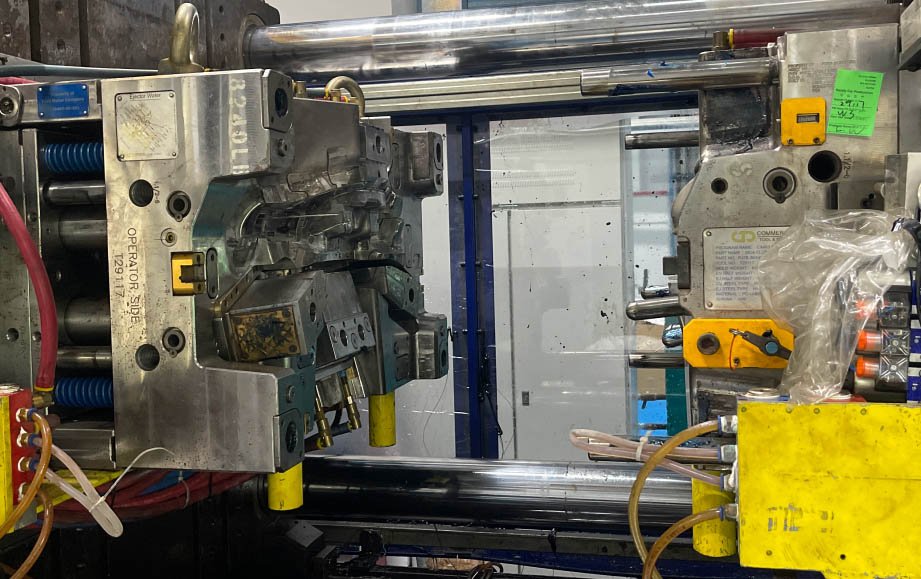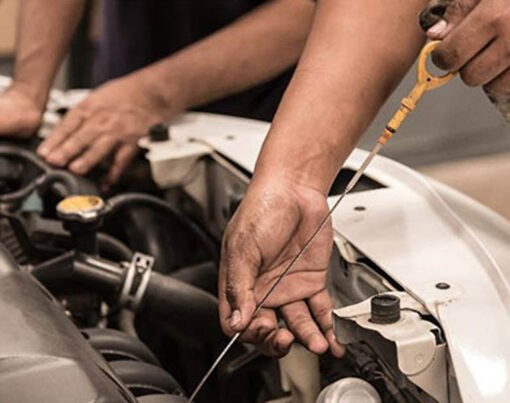Custom injection molding sticks out among the wide range of manufacturing processes as a crucial step in the creation of complex and varied plastic parts and components. This adaptable approach, which offers unmatched precision, efficiency, and flexibility, has transformed a variety of industries, including the automotive and medical. In-depth discussions on custom injection molding’s benefits, uses, and prospects in the manufacturing industry are provided in this piece.
Table of Contents
What is Custom Injection Molding?
Custom injection molding is a manufacturing process used to produce plastic parts by injecting molten material into a mold. This process allows for high-volume production of plastic parts with complex shapes and precise dimensions, tailored to specific requirements. It employs a variety of plastics, including thermoplastics, thermosetting plastics, and elastomers, making it a highly adaptable method for a wide range of applications.
The Custom Injection Molding Process
The first step in the procedure is creating a unique mold, which is usually constructed of aluminum or steel. This mold design is very important because it sets the final product’s shape, surface quality, and dimensional correctness. The mold is placed inside an injection molding machine after it has been made.
Next, the plastic material is put into the machine’s hopper in the form of pellets or granules. The plastic is heated by the machine until it melts and becomes fluid. In order to guarantee that the material fills the whole mold, the molten plastic is next poured into the cavity under high pressure. The mold opens and the completed item is released when the plastic has cooled and solidified. The procedure can then be repeated for large-scale manufacturing used by several best appliance manufacturers.
Customization in Injection Molding
Customization is a key aspect of this process. The design flexibility allows for the creation of parts with complex geometries, internal structures, and surface textures. Custom injection molding can also integrate different types of plastics in a single product through overmolding or insert molding techniques, enhancing the product’s functionality and aesthetic appeal.
Applications of Custom Injection Molding
This method is used in many different industries. It is employed in the automobile sector to make door handles, bumpers, and dashboards. It is essential to the medical field for sterile, single-use items like syringes and surgical instruments. Because of their exceptional smoothness and longevity, bespoke injection molded parts are also widely used in consumer products, ranging from toys to home appliances.
Advantages of Custom Injection Molding
The benefits of custom injection molding are manifold:
- Precision and Consistency: It produces parts with tight tolerances and consistent quality, crucial for industries where precision is paramount.
- High Efficiency and Productivity: The automated nature of the process allows for high-volume production in a relatively short time.
- Material and Color Flexibility: A wide range of materials and colorants can be used, providing versatility in product design.
- Reduced Waste: The process is generally efficient in material usage, minimizing waste.
- Cost-Effectiveness: Although the initial cost for the mold can be high, the per-part cost is significantly reduced in high-volume production, making it economically viable for mass production.
- Scalability: One of the most significant advantages of custom injection molding is its scalability. Once the initial costs are covered, the process is highly scalable, allowing for production from small batches to millions of parts without significant additional cost.
- Production of Complex Parts: Using this approach, it is feasible to create complex parts that would be difficult or impossible to make using alternative techniques. The plastic can flow into the mold’s small, delicate features thanks to the high pressure used in injection molding.
- Fast Production Cycle: When compared to other manufacturing techniques, injection molding offers a quick production cycle. Depending on the part’s complexity and size, the actual production of each part takes only a few seconds to minutes after the mold is designed and created.
- Reduced Labor Costs: The injection molding process is highly automated. Machines handle most of the work, from feeding the plastic material to ejecting the finished.
Obstacles and Things to Think About
Custom injection molding has benefits, but it also has drawbacks.
- Design Complexity: Creating and designing molds from scratch takes a lot of experience and money.
- Material Limitations: Not every material may be used for injection molding, and the material selection can affect the characteristics of the finished product.
- Molds: Over time, the molds may wear out and require replacement, therefore they require routine care.
Future of Custom Injection Molding
With technology constantly improving its capabilities, bespoke injection molding has a bright future. Lead times and costs are being decreased through the use of 3D printing in fast prototyping and mold creation. Furthermore, as sustainable practices get more attention, eco-friendly materials and injection molding recycling techniques are being developed.
A mainstay of contemporary production, custom injection molding is renowned for its accuracy, effectiveness, and adaptability. It is essential to many different businesses due to its capacity to produce intricate, high-quality parts in vast quantities. Custom injection molding will continue to develop and adapt as technology advances, solidifying its place in the manufacturing industry going forward.










